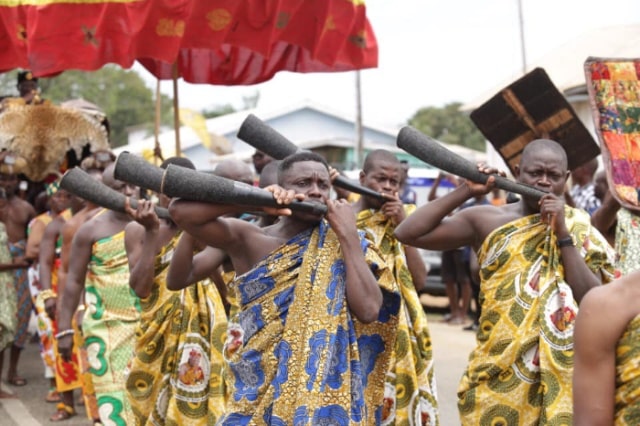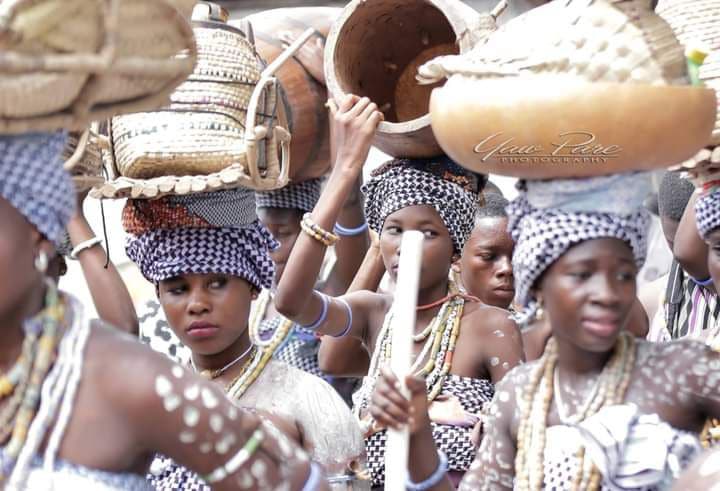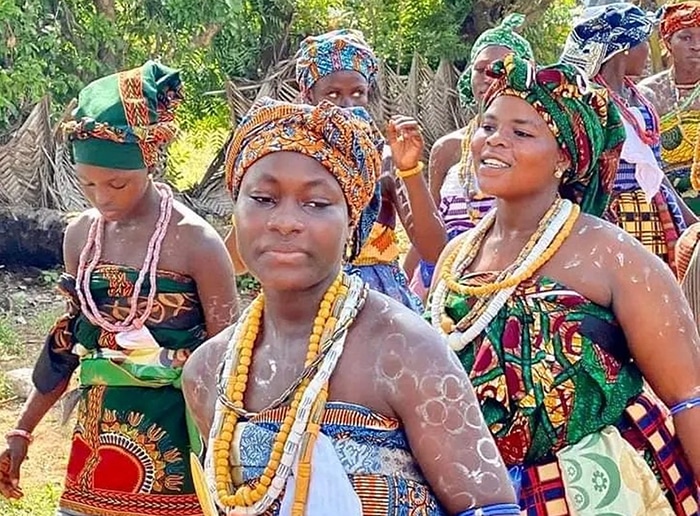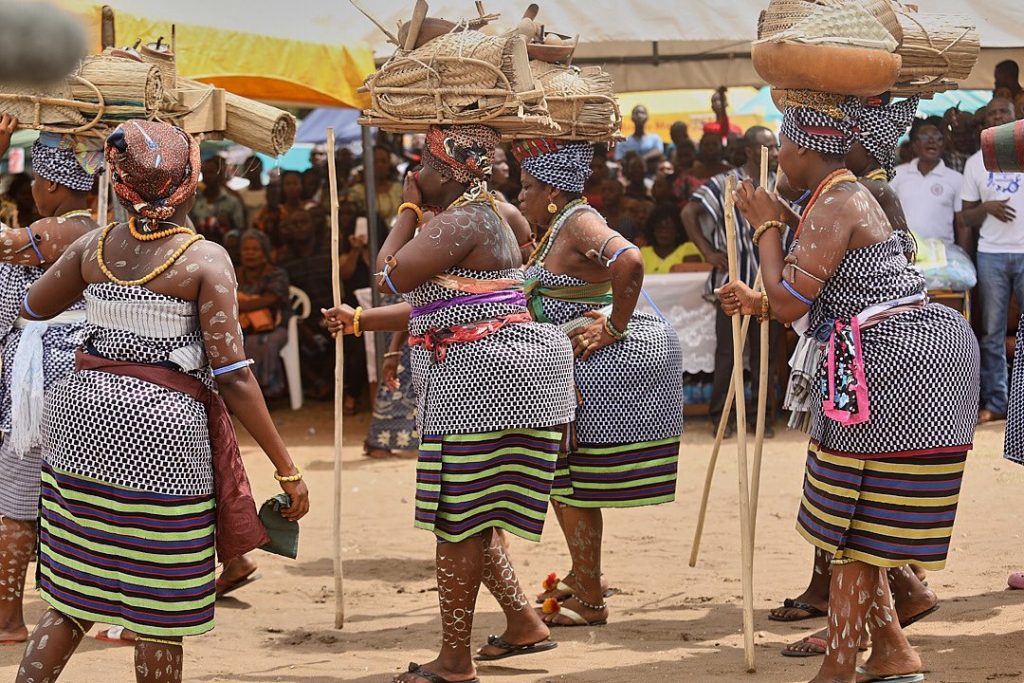The Hogbetsotso festival (pronounced Hogbechocho) is an annual festival celebrated by the chiefs and people of Anlo in the Volta region of Ghana. Anlo is home to many major towns including Anloga (capital), Keta, Kedzi, Vodza, Whuti, Srogboe, Tegbi, Dzita, Abor, Afiadenyigba, Anyako, Konu, Alakple, Atsito, Atiavi, Deʋegodo, Atorkor, Tsiame, and other villages.

The festival is celebrated on the first Saturday of November each year in Anloga, which is the customary and ritual capital of the Anlo state. The name of the festival is derived from the Ewe language and means “the festival of exodus” or “coming from Hogbe (Notsie).” The celebration of the festival was instituted about four decades ago.
History
The Anlo people are a tribe located on the eastern coast of Ghana. However, prior to settling in their present location, they resided in Notsie, which is currently located in Togo. The Anlo people are believed to have migrated from southern Sudan through various locations such as Oyo in Nigeria, Ketou in Benin, and Adja Tado in Togo before settling in Notsie.

According to oral tradition, the Anlo people lived under the reign of a wicked king, Togbe Agorkoli (also known as Agor Akorli), and they had to create a hole in the mud wall that surrounded their town to escape his tyrannical rule. To achieve this, they instructed the women to pour all their wastewater on one particular spot in the wall. Eventually, this spot became soft, enabling the townspeople to break through the wall and escape. It is said that to avoid pursuit and make good their escape, the Anlo people walked backward with their faces towards the town so that their footprints appeared to be going into the town.
The Celebration
The festival includes several ceremonies such as a period of peacemaking where all disputes are resolved through amicable solutions. The reason for this traditional peacemaking period is that the Ewe people believe that their ancestors lived in harmony with each other during their escape from Notsie, and this characteristic contributed to the success of their journey. Another ceremony involves the purification of ceremonial stools where ancestral spirits are believed to reside, achieved through the pouring of libations.

Following this, a general cleaning ceremony takes place, with all villages being swept and rubbish burnt. This cleaning ceremony starts at the Volta River and ends at the Mono River in the Republic of Togo, lasting for several days. The climax of the festival involves a durbar, where chiefs and people of Anlo dress in colorful regalia and receive homage from their subjects. Dancing, singing, and merry-making are common throughout the festival.
READ NEXT ON: Apoo Festival: Honoring the Roots of Ghanaian Heritage






































